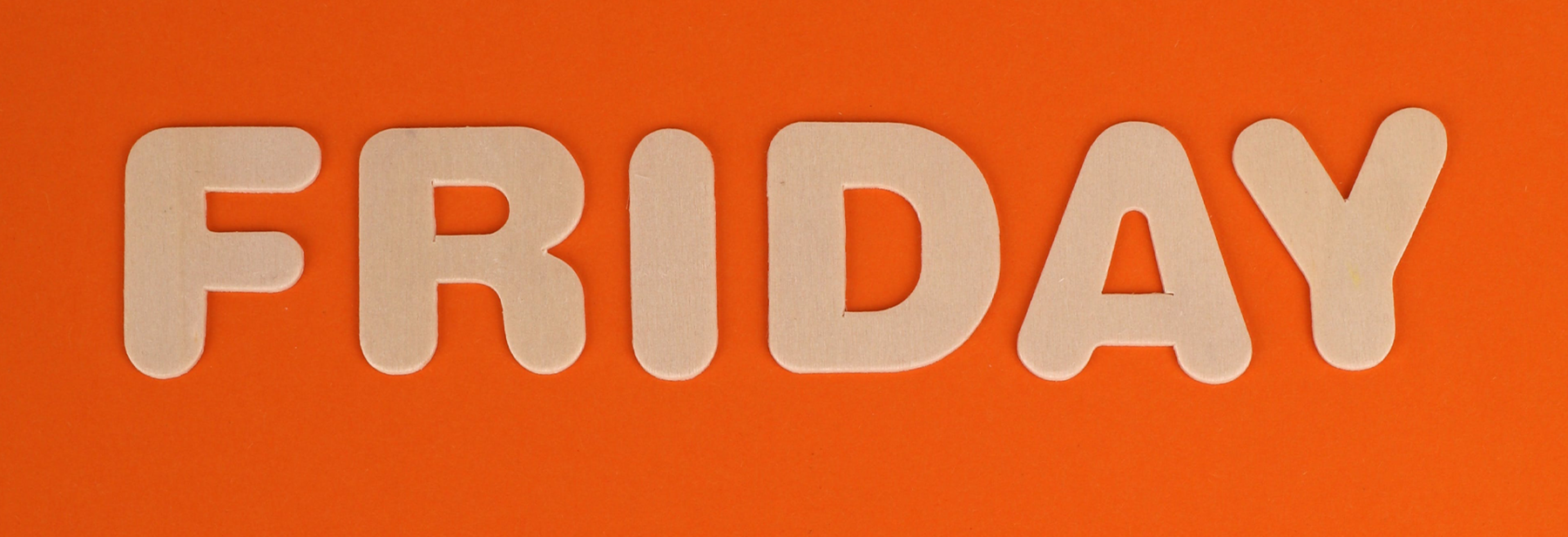
ServiceFriday: Churning Heads – How Positive Churn is Reshaping Dating Apps
In a little less than two months, this author’s cousin will get married to a fantastic woman he has been with for three years. The kicker is-and I personally can’t wait to speak to this on the big day-they met through the dating app known as Tinder. So I guess its official, they are a recent example of what’s known as positive churn. Positive churn occurs when customers’ needs are satisfied and, therefore, they terminate their service. This is much more typical in sectors of the service industry such as health care, weight loss services, and the aforementioned online dating example. While there are libraries filled with research on negative churn, positive churn is far less studied and is a branch of service research coming into its own.
One study, recently published in the Journal of Service Research, focused on examining positive churn in the context of the online dating world. The researchers observed interactions (e.g. sending a message) being reciprocated or unreciprocated and tested for the impact these interactions had on customer churn type. Another aspect of online dating that was observed was the number and type of “inequalities”. Inequalities in online dating exist when attempts to start a relationship are not reciprocated such as leaving messages unanswered. This is usually seen as an example of negative inequalities but there is another side of the inequalities spectrum. “Customers who have received more messages than they have sent or who have rejected contact inquiries from others more often than they have been rejected will experience a positive inequality.” the researchers wrote.
Along with using data from a large European online dating platform, the researchers conducted an online survey with 1,369 participants who had recently terminated their service. “In the survey, we asked for the specific termination reasons, and the answers indicated whether customers had terminated the service because they were dissatisfied (negative churn) or satisfied (positive churn)” researchers noted. The European online dating platform gave researchers ample insight on customer’s communication behavior such as messages sent and received, as well as message intentions
The results indicated that reciprocal interactions did increase the likelihood for positive churn, however, they did not show a significant effect on negative churn. This surprised researchers as the finding that reciprocal interactions only have positive ramifications directly contradicts the widespread idea that reciprocal interactions only have a positive influence on customer retention. They also discovered that negative inequalities reduced positive churn while increasing negative churn. Positive inequalities reduced the risk of negative churn but no relationship was established between positive inequalities and positive churn.
Managerial implications
Churn, whether positive or negative, is unavoidable and therefore upper management ought to know how to deal with customer churn. “These findings indicate the importance of balanced communication between customers since the consequences for the company are mostly negative.”
Since inequalities in communication affect the reasons for churn, researchers recommend companies carefully monitor communication inequalities so they can manage them. They also suggest that companies educate customers on their communication behavior and try to manage customer expectations.
“The prediction of positive churn may provide valuable insights for customer relationship management.” This is why the researchers closed with pointing the direction of future research at identifying ways of predicting positive churn which would allow companies to timely target customers.
Don’t churn away just yet! To learn more about positive churn, go to the Journal of Service Research. (A fee may apply.)